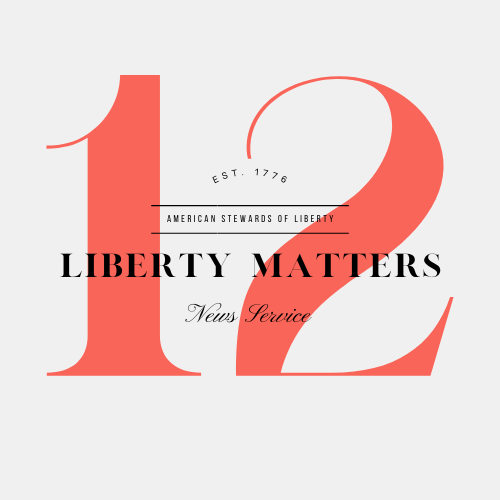(Liberty Matters News Service) One of the most important regulatory changes the Trump Administration accomplished was rewriting the National Environmental Policy Act (NEPA) regulations, which went into effect September 14, 2020. Predictably, environmentalists filed numerous cases to overturn the new rules. All but one of these cases was stayed: Wild Virginia v. Council on Environmental Quality. June 21. 2021, a Clinton appointee threw out the case, finding the issues were not ripe (no project had been finalized under the new rules) and the plaintiffs lacked standing to bring the case.
The old NEPA regulations, promulgated by the Council on Environmental Quality (commonly referred to as the CEQ regulations) had been in place since 1970, and were broadly written in such a way that environmentalists have been successfully using it to delay and prevent projects, from building pipelines and highways, to thinning forests. The Trump Administration’s rewrite streamlined the NEPA process to help projects get clearance sooner without compromising the required detailed review. They also limited the test of what projects would trigger the lengthy Environmental Impact Statement, and redefined what “effects” should be considered, eliminating the “cumulative effects” analysis environmentalists had been using to link every potential action to the project, no matter how unlikely. The new rules also incorporated more consideration of the economic impacts on communities and the general welfare.
Now that the court challenges have failed, the new rules remain in effect. However, not all officials in the Biden Administrations are keen on following this direction.
The Secretary of Interior, Deb Haaland issued Secretarial Order 3399, “Department-Wide Approach to the Climate Crisis and Restoring Transparency and Integrity to the Decision-Making Process,” on April 16, 2021. Under section 5(a), the Secretary directs the agency to apply the old regulations when determining the level of NEPA to apply, such as whether the agency should prepare an Environmental Assessment or and Environmental Impact Statement. It is an unprecedented directive. The order reads:
a. Applying NEPA. Bureaus/Offices will not apply the 2020 Rule in a manner that would change the application or level of NEPA that would have been applied to a proposed action before the 2020 Rule went into effect on September 14, 2020. Bureaus/Offices will continue to follow the Department’s NEPA regulations at 43 C.F.R. Part 46, Department Manual procedures (516 DM Ch. 1-15), and guidance and instruction from the Office of Environmental Policy and Compliance. If Bureaus/Offices believe that the Department’s NEPA regulations irreconcilably conflict with the 2020 Rule, they will elevate issues to the relevant Assistant Secretary and to CEQ. (Emphasis added)
Each federal department has their own NEPA regulations, which are required to be in compliance with the CEQ rules. When the 2020 rules were enacted, the agencies were given one year to update their rules accordingly. Secretary Haaland appears to be directing the agencies to follow their old agency regulations instead of following the new 2020 CEQ rules as required by law.
Additionally, June 29th, CEQ published a new interim rule extending the deadline for the federal agencies compliance update for two more years. CEQ will be revising the 2020 rules and is expected to increase the environmental requirements and incorporating the climate crisis principles into the analysis.
Nevertheless, today, the Trump NEPA rules are the valid rules every federal agency should be following and will be so unless or until the Biden Administration completes the lengthy rule making process, or a court finds cause to overturn the rules.


